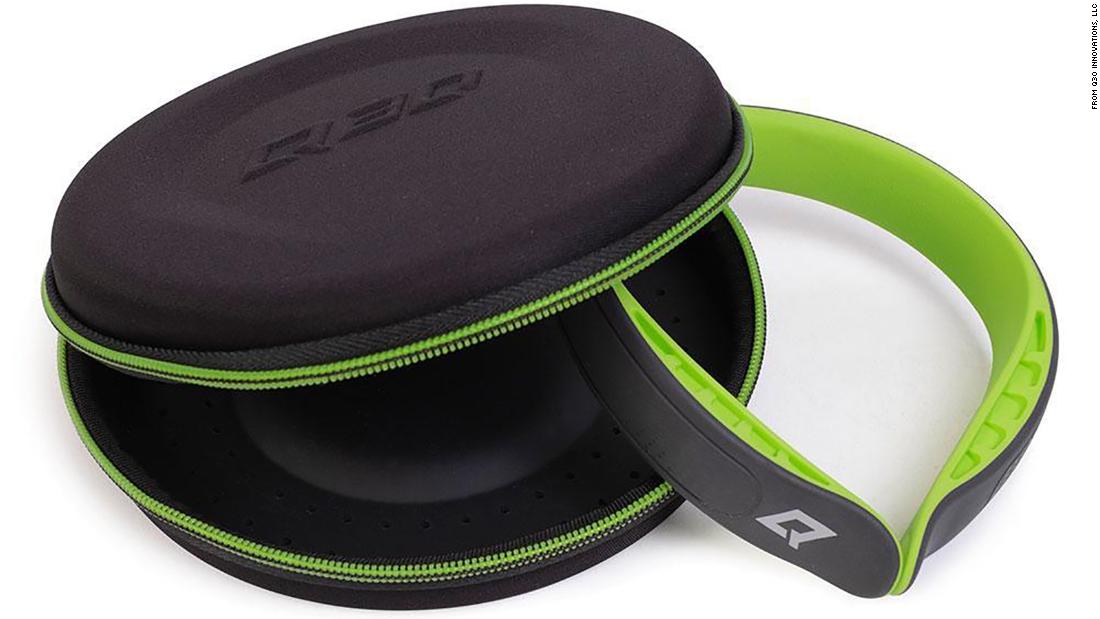The C-shaped device, called the Q-Collar, fits on the back and side of the neck. It works by compressing the blood vessels in the neck, which increases the blood volume in the skull. This limits brain movement within the skull, which researchers believe often causes traumatic brain injury.
The FDA said it based its recommendation on a series of studies, including one that compared changes in brain structure between high school football players who used the Q-Collar and those who did not. All participants were 13 years old or older.
The researchers used advanced imaging techniques to observe changes in the brains of nearly 300 study participants before and after the season. They found changes in the deep brain structures in 73% of participants in the collarless group, while no significant changes in those same structures were found in 77% of participants in the collarless group.
“Today’s action provides an additional piece of protective equipment that athletes can use when playing sports to help protect their brains from the effects of repetitive impacts to the head, while still wearing the personal protective equipment associated with the sport,” said the Dr. Christopher M. Loftus, acting director of the Office of Physical and Neurological Medicine Devices at the FDA Center for Devices and Radiological Health.
The data provided for the Q-Collar did not demonstrate that the device prevents concussions or serious head injuries, the FDA said. And the Q-Collar must not replace other protective equipment associated with sports activities.
The device will be sold over the counter directly to consumers.
